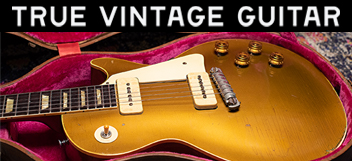burstone
Well-known member
- Joined
- Apr 5, 2002
- Messages
- 6,748
I have this circa '66/'67 335 coming in a few days for a trial and wanted to ask those of you who have tried or owned these what you thought. This one's all original except for the pro-done tailpiece conversion. Originally a bigsby model...










